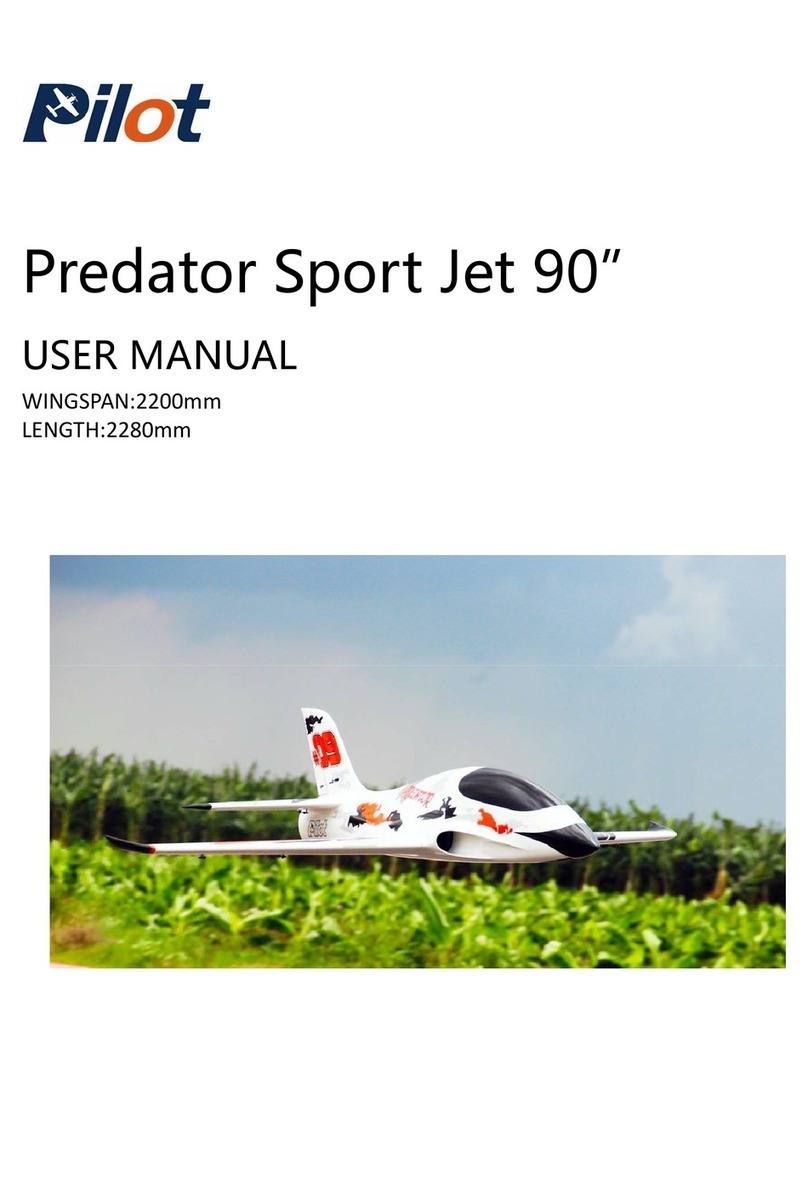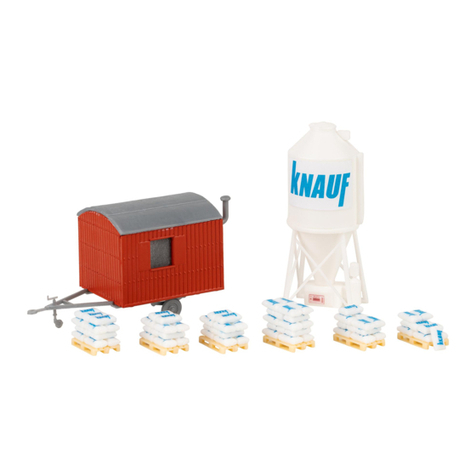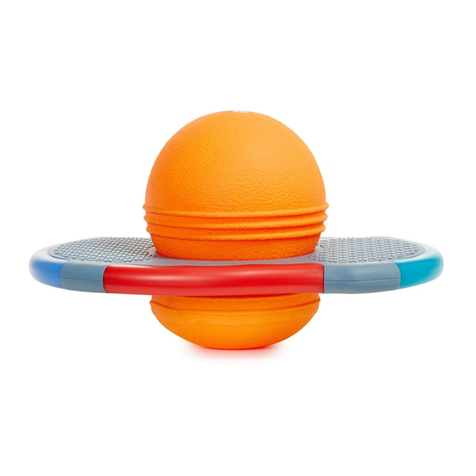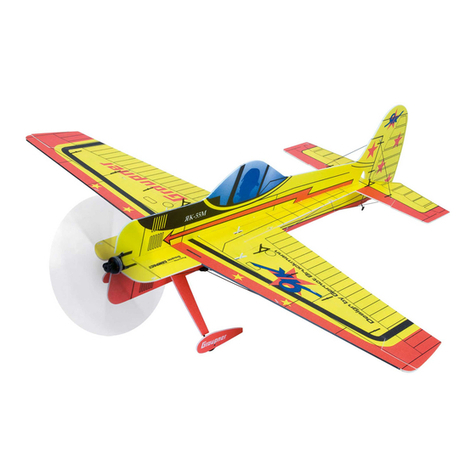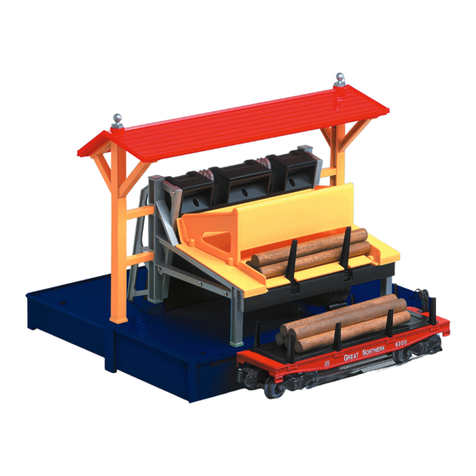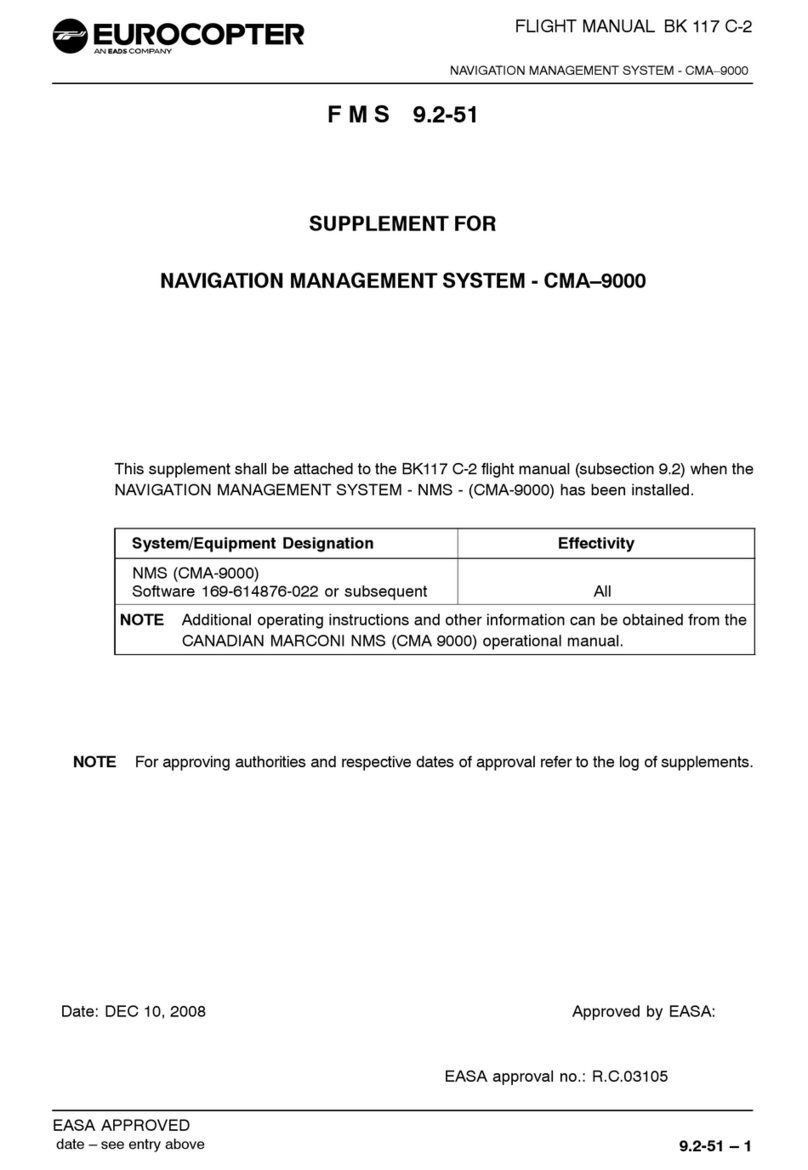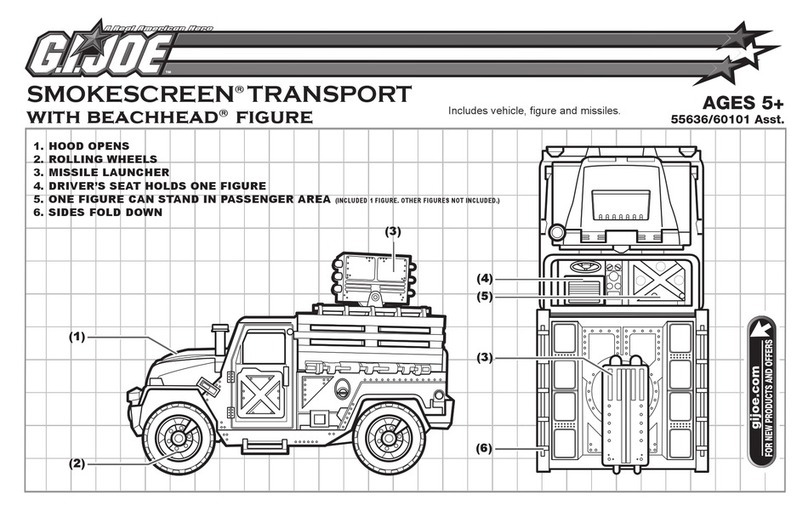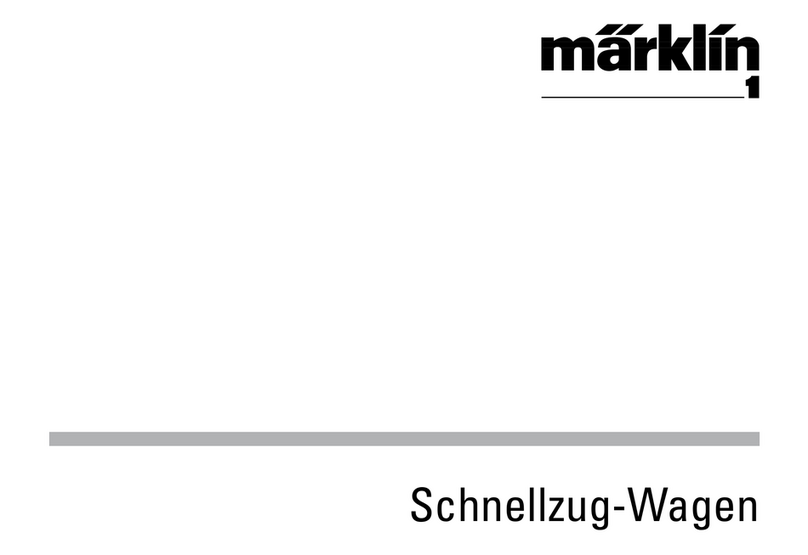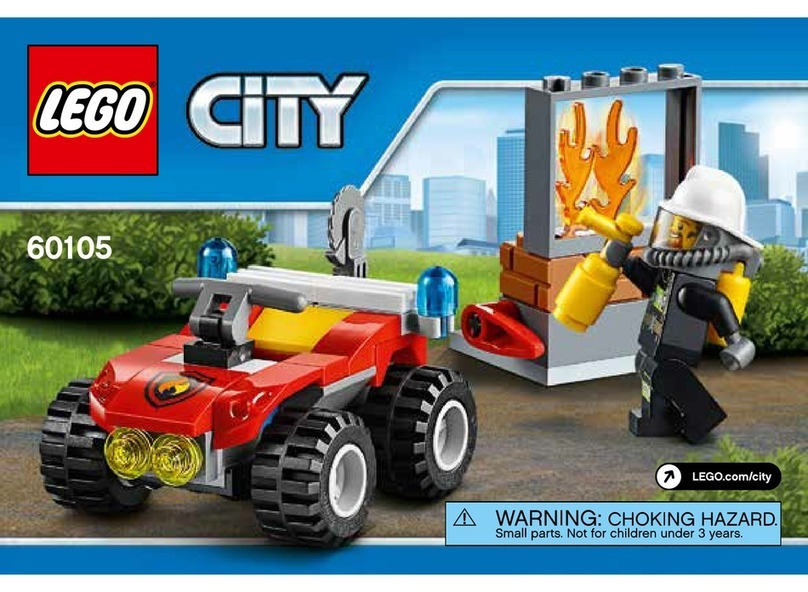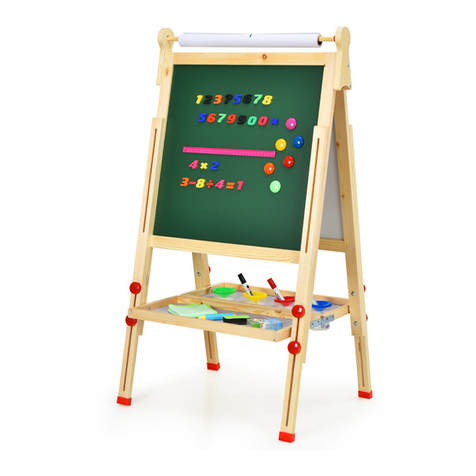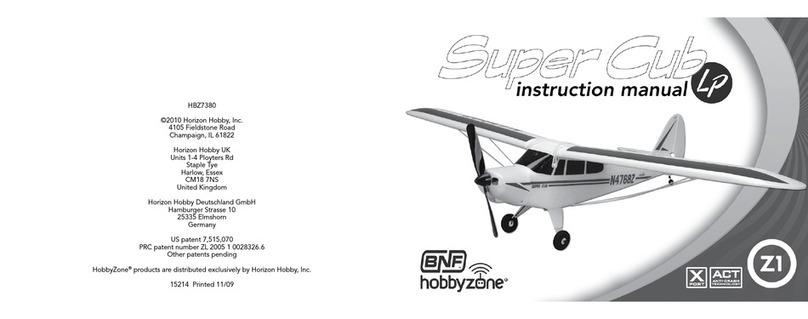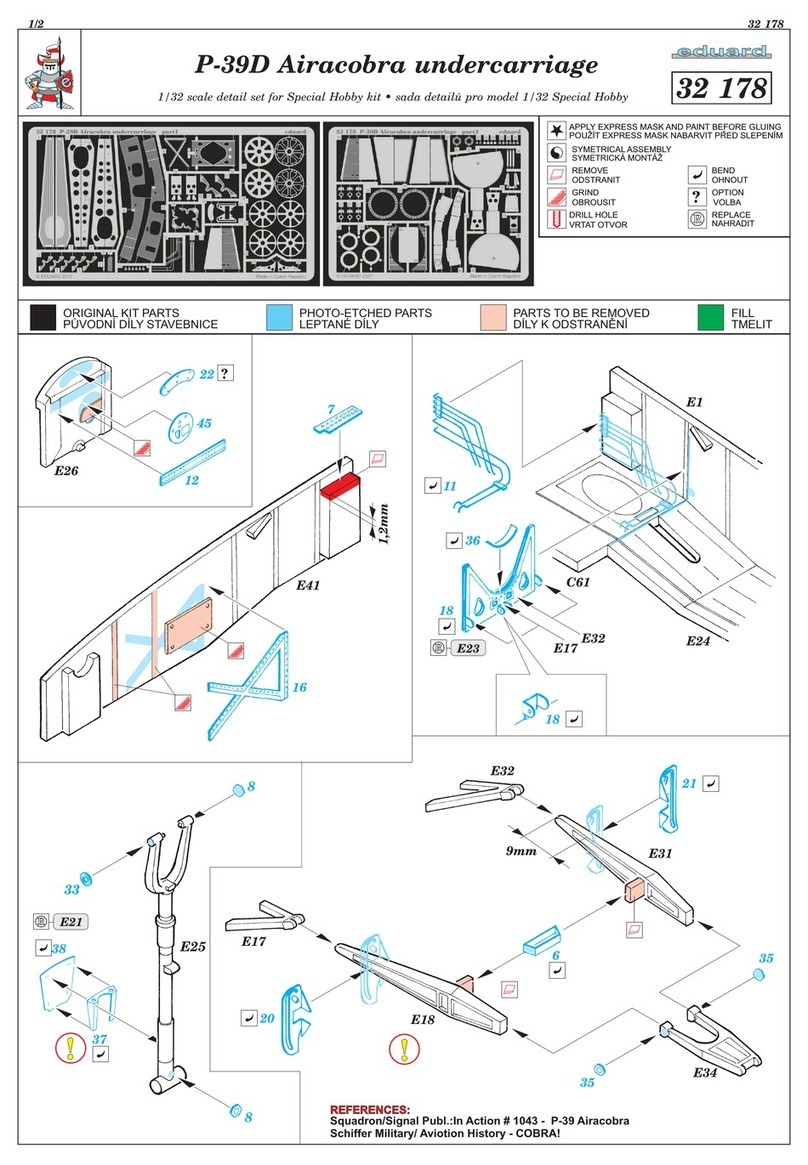
© 2005 - Bernard Burton DRAFT 8
Upper wings:
Step 1: Prepare the top left wing:
- On a flat workbench, prepare & protect your plan.
- Pin the lower main spar on the plan
- Glue all the wing ribs on the lower main spar (Hard wood 10x10 mm) according the
plan. W1-W2-W3-W4-W9 should be glued with 30’ epoxy. Other ribs can be glued
with polyurethane glue. Pin the rear rib alignment tabs on the workbench to
guarantee a straight wing trailing edge
- Proceed with the upper main spar (Hard wood 10x10 mm) as well as with the top 5x5
mm balsa spars
- Glue the 10x10 mm Balsa leading edge and the balsa trailing edge
- Proceed with all remaining 5x5 mm balsa spars (upper & lower)
- To prevent wing torsion, glue 2 mm balsa re-enforcement between the upper and
lower main spars (vertical fiber direction)
- Cover the wing with 2 mm balsa sheet according the plan
- Glue the rib caps.
- Prepare the servo support assembly and glue it in place. Consider that the servo arm
is on the lower side of the wing
- Install the optional wing tip if required. Use the small balsa square triangles to re-
enforce the wing tip fixation.
- Prepare the aileron: pin a 2mm balsa sheet according the plan. Glue the aileron ribs
(small & long triangles). Re-enforce at the position of the control horn. Put the leading
edge spars (square & triangle) and cover the top with a 2 mm balsa sheet.
- Put a wire in the wing to ease the servo wires installation at a later stage.
- When the glue is fully cured, remove the wing & aileron from the workbench
- Glue W9a & W9b plywood ribs on W3 & W9 with 30’ epoxy. The tabs should be
placed on the lower side of the wing
- Remove the rib alignment tabs. Except the W1 & W9 alignment tabs.
- If your job is well done, the wing should rest on the four wing fixation tabs and stay
perfectly straight.
- Continue to cover the wing with 2 mm balsa sheet according the plan but ensure that
you can still access W1-W2-W3-W4 ribs to glue the wing tubes at a later stage.
Step 2: Prepare the top right wing following the same instructions as here above.
Step 3: When the right & left upper wings are ready, proceed as follow:
- On a flat workbench, align the wings and glue the right & left half wing tube sockets in
place with the aluminum tube inside. Do not glue the aluminum tube in their sockets.
Note: a dry assembly could be required to ensure a perfect alignment before gluing.
- Verify and eventually adjust the alignments before the glue cures
- Close the right & left wings with the remaining 2mm balsa sheeting
- Remove the remaining alignment tabs.
-
- Glue the remaining rib caps
- At this stage, the wings alignment should be perfect: straight & not twisted. The eight
wing fixations tabs should rest on the workbench without any constrains.
- Sand the leading edges.
- Your top wing is ready.
Note: During the previous steps, always verify and eventually adjust the
alignments before the glue cures.












